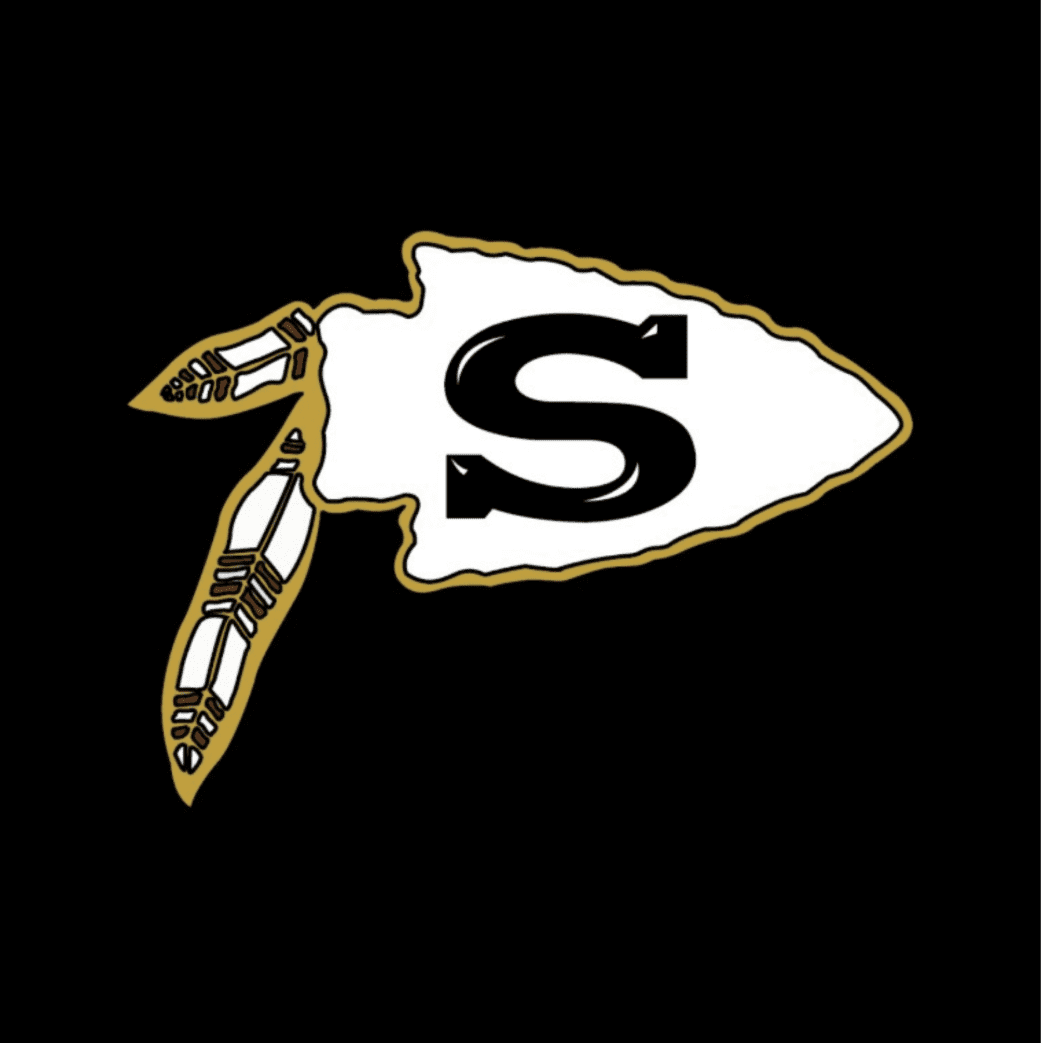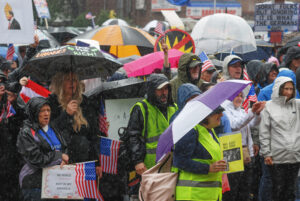By Arcangelo Iurato
Part one in a series on New York State’s decision to ban Native American mascots and logos in schools.
The New York Board of Regents met April 18 in Albany to vote on whether to ban Native American mascots and imagery in New York schools. The board voted unanimously to end the mascots and logos, which were deemed derogatory by many, in particular Indigenous peoples, and require all districts to find new mascots by the 2024-25 school year. For the Education Department, the decision had been a long time coming.
“I think it’s a step in the right direction,” said Andrew Needham, an associate professor of history at New York University, who specializes in U.S. history, including Native American history.
“I think that was powerful [banning Native American mascots],” said Laura Harding, president of the Syosset-based nonprofit ERASE Racism.
Harding said, though, that she believes the Board of Regents needs to go further. “I would like to see them make the Diversity, Equity and Inclusion policy mandatory, and I would love to see them do a level of compliance, assessment of quality, around what school districts are doing to address DEI, especially as it pertains to Long Island, given the 127 districts and the issues that we’re having here regarding Indigenous people.”
Many see the ban as one way to correct wrongs of the past. “In DEI training and consulting, we talk about the hierarchy in America of what we define as race,” Harding said. “We put the First Nations peoples outside the box. They’ve literally been erased from this country’s lexicon, recognition and sight.”
There are also those, however, who believe the ban is a step in the wrong direction. “You’re erasing Native American history,” said Chris Vaccaro, president and founder of the Sachem Alumni Association, who also directs the graduate journalism program at Hofstra University’s Lawrence Herbert School of Communication. “You’re doing away with a very important piece of these communities — not just schools, but communities as a whole. You’re taking away generations of Native American culture that appeared on buildings, hallways, images and logos.”
The Sachem Central School District is one of 11 across Long Island that will be affected by this ban. Vaccaro is founder and president of the alumni association there.
“In DEI training and consulting, we talk about the hierarchy in America of what we define as race. We put the First Nations peoples outside the box. They’ve literally been erased from this country’s lexicon, recognition and sight.”
Laura Harding, President, ERASE Racism
“There’s a sense of place among non-Indigenous people, but also a sense of theft among Indigenous people,” Needham said. “When [the mascot] names have changed, the sense of loss by people who identified themselves with their high school’s mascot will have gone away fairly quickly.”
Vaccaro said he wonders how far the ban will go. “Where does it end?” he wondered. “Aren’t the names of towns, hamlets and villages in good taste of Native American history? You start taking away some things and before you know it, you’re going to lose all of these things.”
Harding noted that banning mascots will not solve the many issues faced by Native American communities. “You have casinos, which sound great,” she said, “except in a community that’s already beleaguered, you’re now adding gambling as another issue they have to struggle with. You’re adding easy access to alcohol. You’re exacerbating all the negatives that have been a challenge for that community as a way for them to make money. It’s almost like they’re still being exploited in their absence.”
Education is crucial, Needham said. “Education can play a role in starting to create obligations through the new knowledge that people have,” he said. “If we acknowledge that Indigenous people still live in this place and have faced dispossession, then what are you going to do about it? I think that’s how education can help. It can open up those conversations; it can open up the opportunity for those kinds of claims. Knowing these things is the first step, but it’s not the final step.”
Vaccaro, too, said education is critical. “I want the students and teachers to be a part of the conversation just as much as anybody,” he said. “They’re on the front burner here. This should be about education.
“If we’re going to talk about changing anything related to Native American heritage, it’s to improve the curriculum at the state level,” he continued, adding, “The whole purpose of the Department of Education is to educate, not eradicate history,.”
Needham said an effort must be made to reach out to Indigenous peoples. “I think what an even better example would be to give is reaching out to Native people from any of the groups that live locally and engage them in a dialogue” on education and other issues, he said. “That’s a way of acknowledging that Indigenous people are still here and that they live in these places. A blanket ban is usually a kind of clumsy apparatus, and I think in this case it’s positive, but it’s not the best possible path forward.”
“Hopefully,” Harding said, “conversations and occurrences like this are also examples as to why we need to have a culturally representative and responsive curriculum that allows everybody to learn about everybody, to understand how everyone in this nation contributed to its creation and why everybody should be celebrated.”








